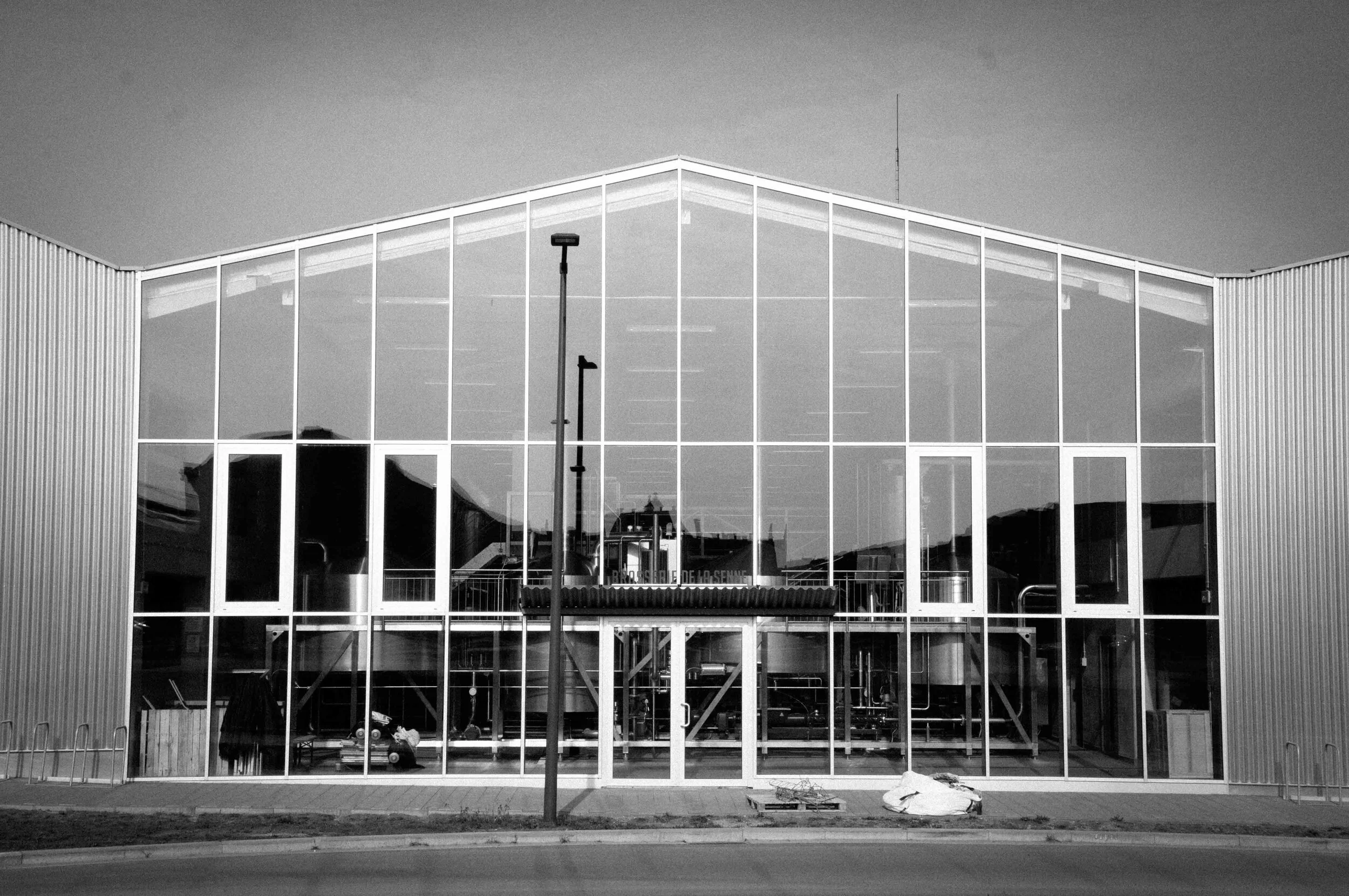A History of Brussels Beer in 50 Objects // #23 Le Petit Journal du Brasseur, № 1
Find out more about Brussels Beer City’s new weekly series, “A History Of Brussels Beer In 50 Objects” here.
Object #23 - Le Petit Journal du Brasseur, № 1
19th century
Business Life
Once upon time, a young brewer’s son from Canterbury in England became the godfather of modern Belgian beer. It all started on Sunday, 8 January 1893, with the appearance of edition one of Le Petit Journal du Brasseur. Only 10 pages long, its cover featured an advert for patented corn and rice malts, below which someone called George M. Johnson was identified as being available to visit interested breweries for a product demonstration. George M. (for Maw) Johnson also happened to be the paper’s Founder-Editor, having arrived in Brussels three years previously with a missionary zeal to bring Belgian brewing into the modern, industrial age.
George’s family were originally jewellers, until his father (also George) bought the Northgate Brewery in Canterbury in 1866. George Maw - eldest of 17 children - worked with his father for three years before turning up at Brussels’ Brasserie Leopold in 1890. It was auspicious timing; Belgian brewers considered England one of the world’s most advancing brewing nations, far ahead of their own. As head of Leopold’s laboratory, Johnson failed at his first attempt at a brewer’s journal. The Petit Journal du Brasseur was his second, a monthly publication released on Sundays that cost six francs annually. In his first editorial, he welcomed readers with the immodest expectation they would “greet with joy the new era of enlightenment and brewing progress which, without a doubt, will be born thanks to the….Petit Journal".
The Petit Journal was, Johnson said, “devoted to technical and industrial issues of interest to the brewery”, and edition one established the paper’s template. Articles on technical matters - edition one covered the aeration of hot and cold malts, chill haze affecting top fermented beers stored in cold cellars, and the issue of applying pitch and varnish internally or externally on wooden barrels - were joined by letters from brewers with technical questions and adverts for yeast suppliers, maltings, and surplus brewery stock.
There were also listings of the latest raw materials prices, Moldavian malt costing 21-23 francs/kilo in January 1893. Later editions would cover water’s essential role in brewing, the potential impact of Irish Home Rule on British brewing (Johnson was anti-Home Rule), and the impact of changeable weather on Bavarian hop yields.
Johnson had found a financially successful formula, and with Belgium’s breweries having few formally educated brewing engineers in the 1890s they came to rely on the Petit Journal for in-house technical support. In the next decade the Petit Journal shifted to a weekly schedule, absorbing a Belgian rival and their French counterpart.
Then, in 1914, publication stopped. Escaping war, George made it to England. Henri Codville, George’s son-in-law and right-hand man ended up working in a munitions factory. Following armistice the pair returned to Brussels and a brewing industry transformed. In the immediate aftermath of WWI, brewers were less focused on expansion than on reconstruction, profitability, and efficiency. And they wanted to brew English beers. Something George Maw, returned to the Petit Journal’s editorial chair, knew a thing or two about.













